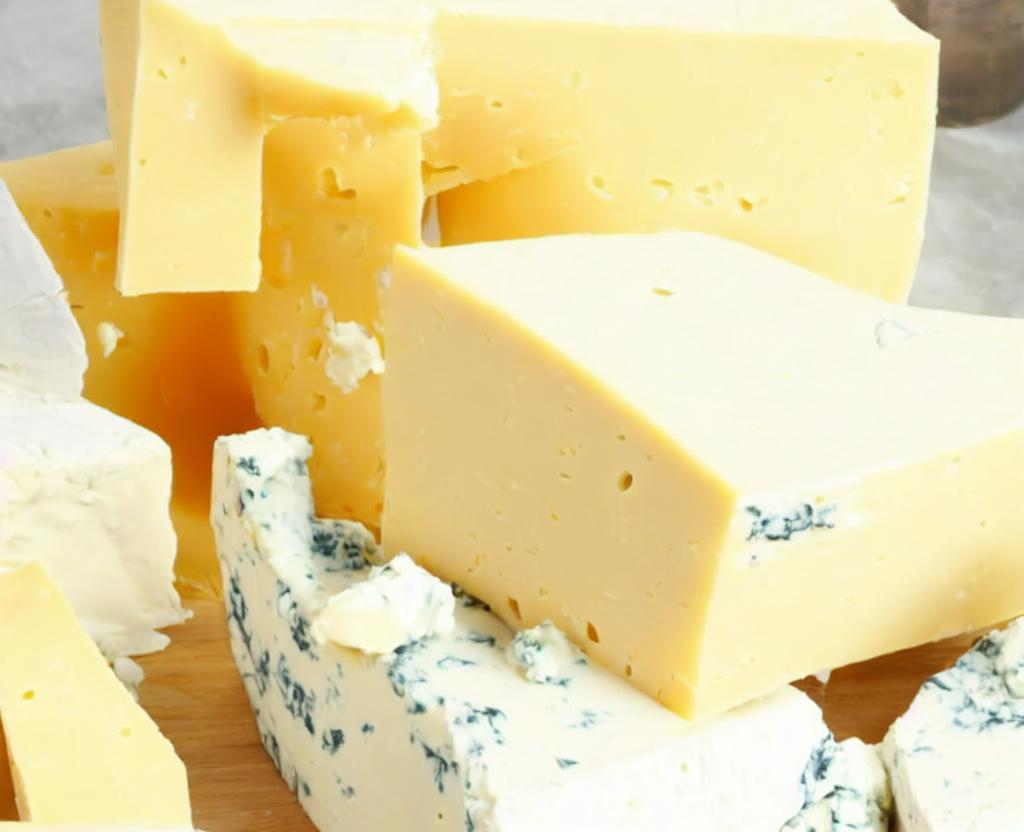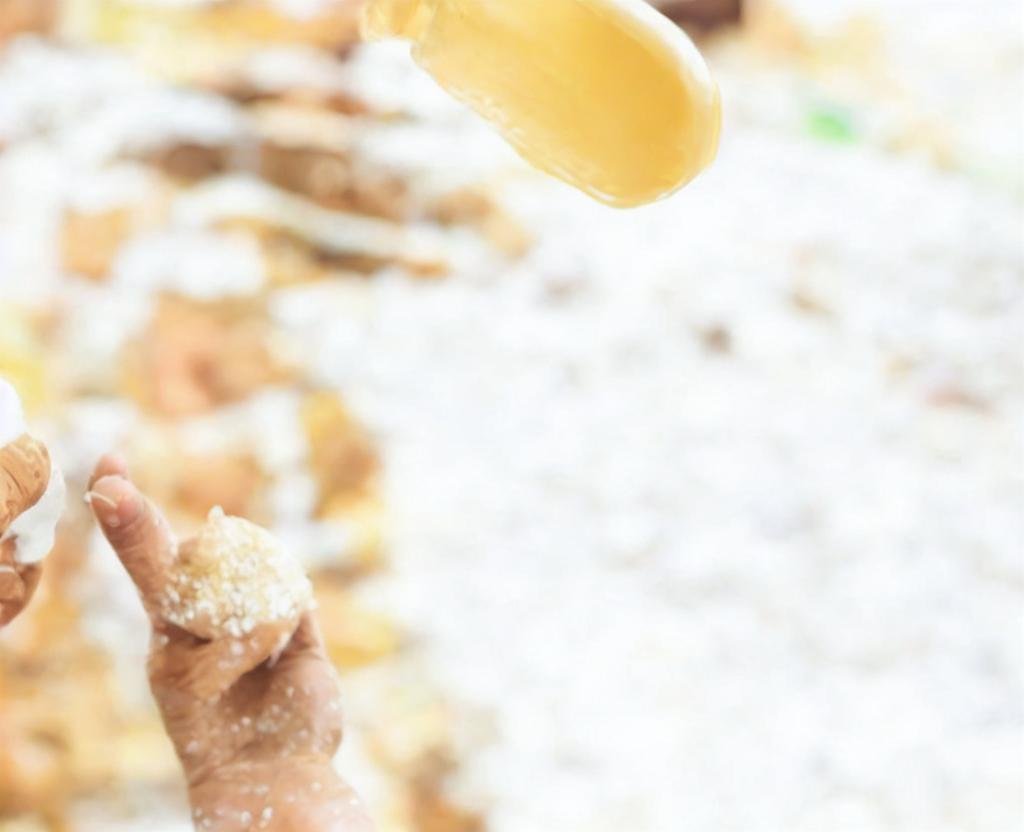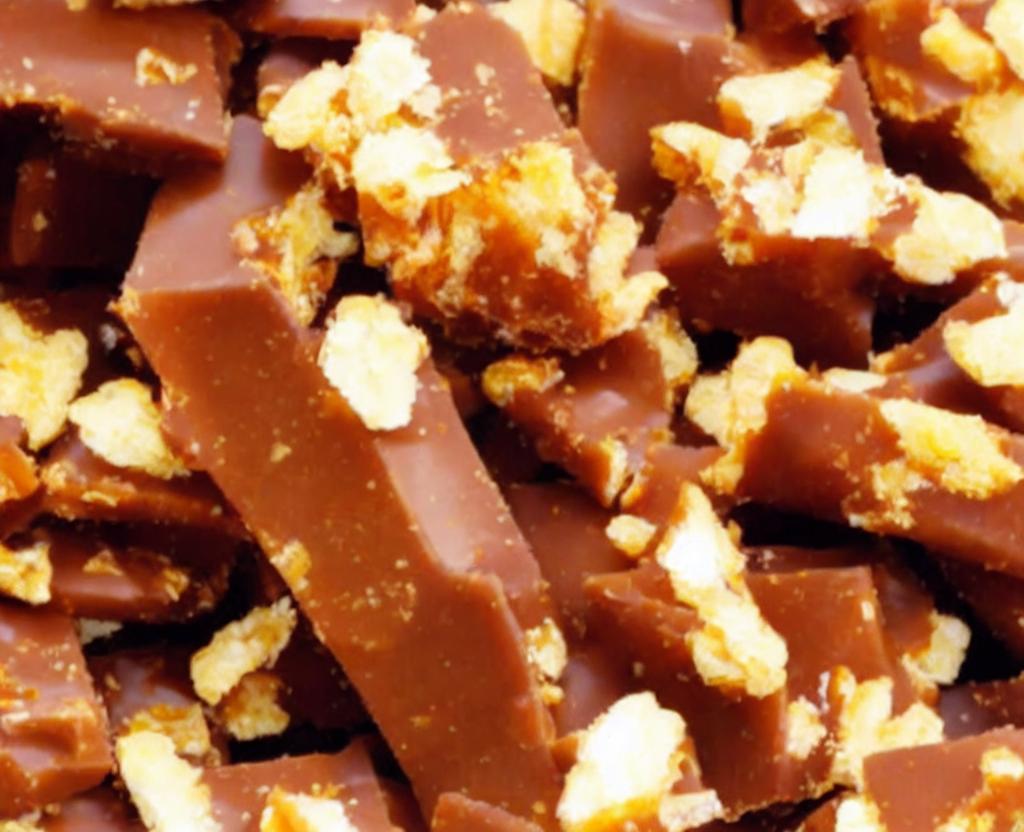
National Cheese Lover's Day
Don't be afraid to be bleu, throw a feta, or be capriciously on National Cheese Lover's Day. It's a gouda day to kummin over and have some cheddar or asiago or fontina on January 20th.
There is no concrete evidence of how humans invented cheese making. But legend tells us that it was likely that someone made the first cheese by chance. People used to milk and stored it in sheep's stomachs thousands of years ago. The proteins would separate into curds and whey if left to sit for a few days. Salt preservation may have been a logical next step from there. Salt was a highly valued preservative in ancient times.
In what is now Poland, the first record of cheese making dates back to 5,500 BCE. Today there are over 1,400 varieties of cheese on the market.
Basic cheese making
The basic principles behind making cheese are fairly straightforward.. Let the milk sour (or, more precisely, coagulating the casein protein). Then isolate the curds (solids) from the whey (liquid), which is separated by then. The curds are then salted and left to age, and are then allowed to age.
Bacteria, enzymes, or fungi may be added at different times. The desired taste, color, and texture are all controlled, as are the type of milk, temperature, time, and humidity.. For more variety and flavor, cheesemakers also include herbs and spices for additional variety and flavor.
Cheese's nutritional value varies depending on the variety. eam cheese are at the lower end of fat and calories per serving, while mascarpone and cream cheese pack it on. Marscapone makes desserts that are both rich and creamy.
- (February 10) Cream Cheese Brownie Day (February 10) Cream Cheese Brownie Day (February 10)
- Doodle Day (March 5) is the fifth anniversary of Cheese Doodle Day (March 5) in the United States (March 5)
- (April 12) On the 12th of April 12, a Grilled Cheese Sandwich Day is observed (April 12)
- Day (May 18) - Cheese Souffle Day (May 18) Souffle Day (May 18)
- Cheese Day (June 4)
- On the calendar, Cheesecake Day (July 30) – along with three other flavors – is the first day on the calendar
- th (August) Goat Cheese Month (August) Goat Cheese Month (August) Goat Cheese Month (August) Goat Cheese Month (August)
- String Cheese Day (September 20) is a holiday in the United States String Cheese Day (September 20) String Cheese Day (September 20)
- se Day (October 9) is the ninth anniversary of Moldy Cheese Day (October 9) in the United States
- Nachos Day (November 6) is the sixth holiday in the United States. Nachos Day (November 6) is the sixth on the calendar
- Sangria Day (December 20 – wine and cheese always go together) is the day of Sangria (December 20 – wine and cheese always go together)
How to celebrate #cheeseloversday.
Whether you're looking for a snack or lunch, try some cheese with your lunch or dinner. Share your favorite cheesy dishes or puns. Puns are welcome. Try a new cheese pairing. Visit your new cheesemonger, and be sure to give a shout-out as well. To post on social media, use the hashtag #CheeLoversDay..
Cheese lover's FAQ
Q. How much whey is produced when making cheese?
A. One pound of cheese will yield up to 96 fluid ounces of whey.
Now, hey-t a minute. What happens to all the whey?
A. Whey is protein-rich. Many farms added whey to animal feed. However, whey is also used as a protein source in powders and nutrition bars.
Q. What is squeaky cheese? Squeaky cheese is a young (it hasn't been aged for very long) cheddar cheese that comes in these delectable nuggets called cheese curds. When the cheese curds are really fresh, they squeak a little when you bite into them.




